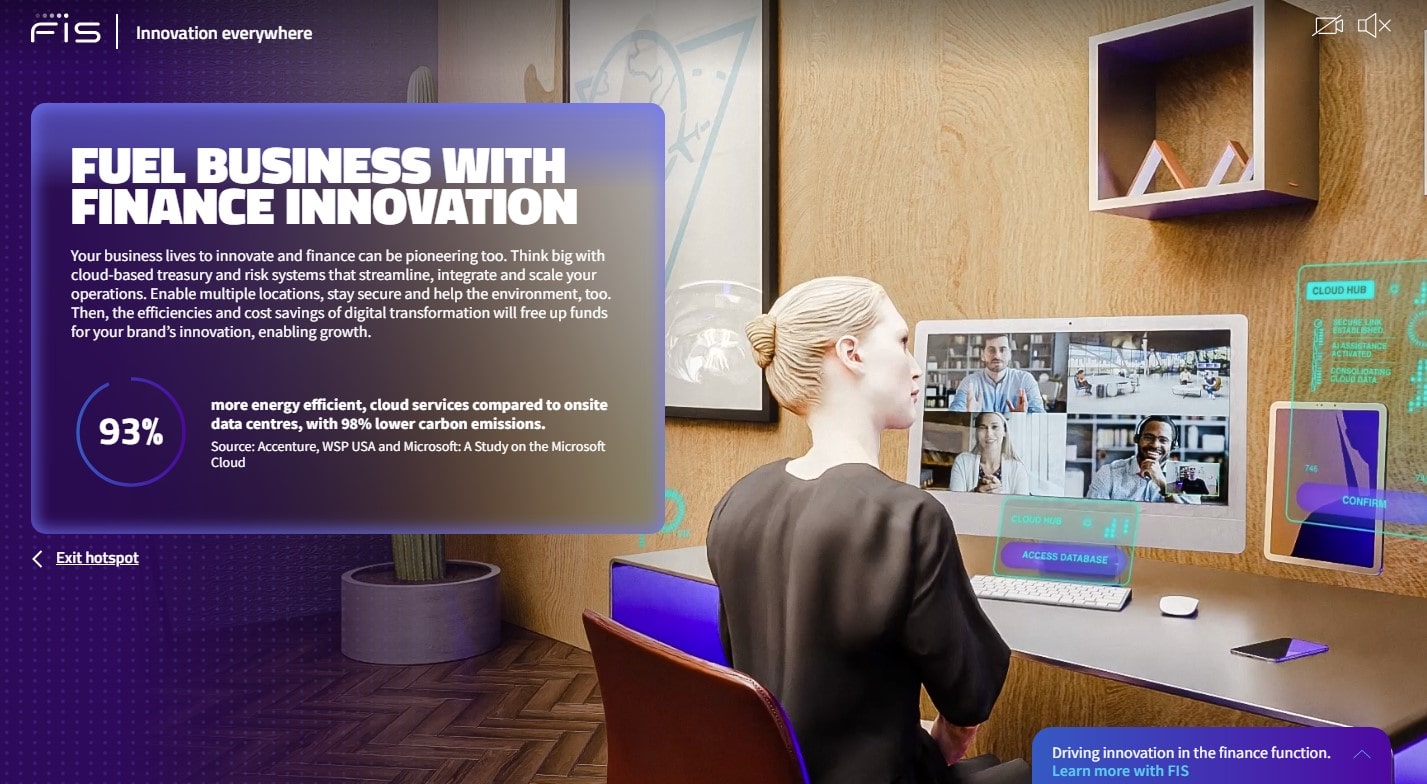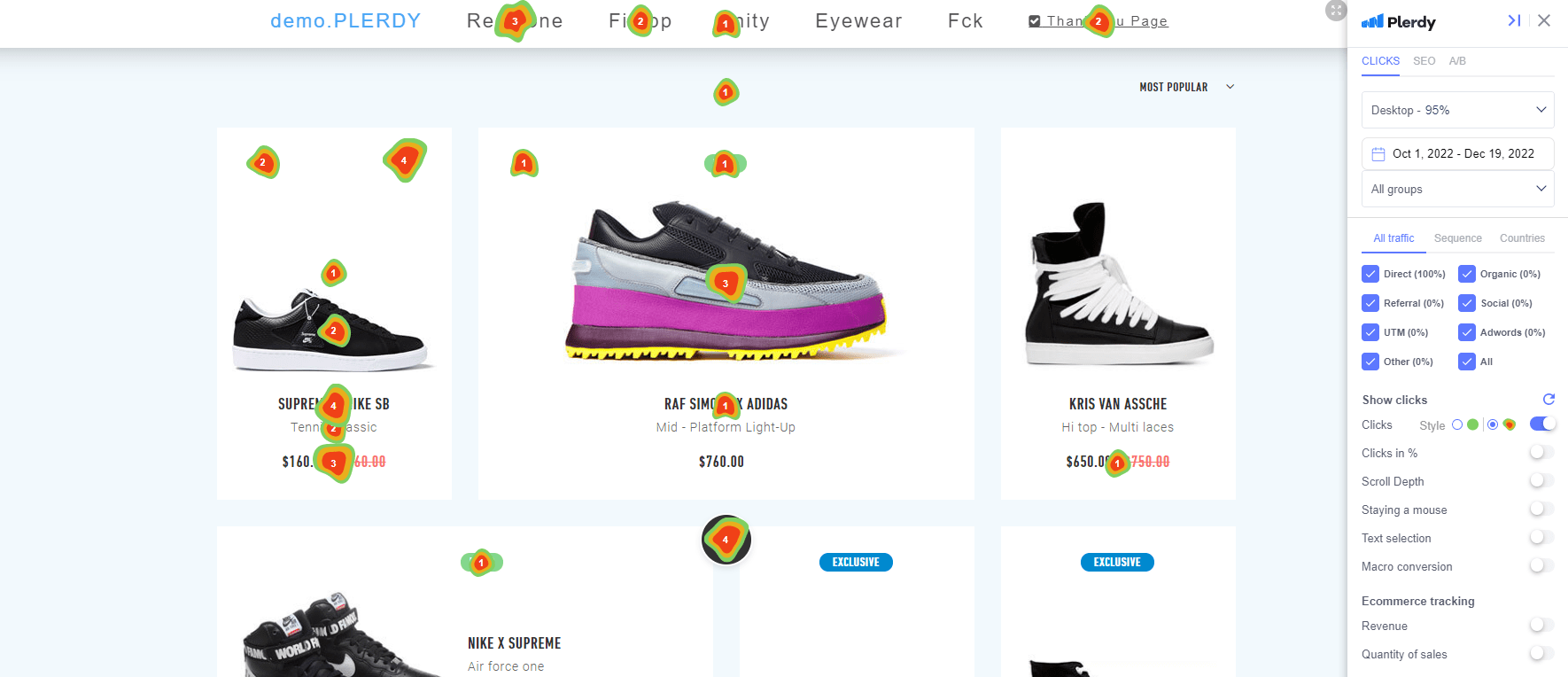Imagine if shopping online was like a treasure hunt, where every click leads you to a discovery, but instead of a map, you have Shopify trends guiding the way. As we sail into the dynamic world of e-commerce, staying afloat requires more than just a good product; it requires navigating the ever-changing currents of Shopify’s innovations. In this quest, tools like Plerdy can be your compass, optimizing your website’s performance and enhancing user experience. Understanding these trends is crucial whether you’re a seasoned merchant or setting sail for the first time. Let’s dive into the future of e-commerce, where success is not just about what you sell but how you connect with your customers.

Sustainable E-Commerce Practices
In today’s world, where the green footprint of your shopping cart matters as much as its contents, sustainable e-commerce practices are not just nice-to-have; they’re a must. As consumers become more environmentally conscious, Shopify merchants are stepping up, making sustainability the new standard in online shopping.
Importance of Sustainability in E-Commerce
Consumer knowledge of environmental issues supports sustainable practices. A recent study suggests that many customers are willing to pay more for eco-friendly products. This shift is not just about reducing waste or carbon emissions; it’s about building a brand that resonates with the values of today’s shoppers. Shopify stores embracing sustainable practices see an uplift in customer loyalty and an advantage in market differentiation.
Shopify’s Green Initiatives
Shopify leads the charge by introducing features that help store owners implement green practices. From carbon-neutral shipping options to sustainability metrics and certifications, Shopify provides the tools necessary for businesses to reduce their environmental impact. These initiatives help minimize the carbon footprint and showcase a brand’s commitment to sustainability, making it a powerful marketing tool.
Sustainable practices in your Shopify store are more than a trend—they are a responsibility and an opportunity to help the earth and connect with your consumers. It’s clear that the future of e-commerce lies in sustainable development, and by adopting these practices, merchants can ensure their business thrives in an eco-conscious marketplace.
Embracing sustainability is not just good for the earth; it’s good for business. For Shopify store owners, the journey towards greener e-commerce is just beginning, and the path is promising.
Augmented Reality (AR) & Virtual Reality (VR) Integration

Imagine trying on a dress without stepping into a store or visualizing a new couch in your living room without moving the old one. AR and VR are making these scenarios a reality, changing internet shopping.
AR & VR in Online Shopping
The integration of AR and VR technologies has revolutionized the e-commerce experience by allowing customers to visualize products in a real-world context. This immersive shopping experience reduces the uncertainty often associated with online purchases. For instance, AR lets shoppers see how furniture fits in their space, while VR can transport them into a virtual store. Retailers using AR report an increase in customer engagement and a significant reduction in returns.
Shopify’s Support for AR & VR
Shopify recognizes the potential of these technologies and has made it easier for merchants to integrate them into their online stores. With Shopify AR, merchants can upload 3D models of their products, allowing customers to view them in AR directly from their smartphones. This feature enhances the shopping experience and sets Shopify stores apart from competitors. Shopify’s commitment to AR and VR is evident in its partnerships and the development of easy-to-use tools requiring minimal technical knowledge.
AR and VR are futuristic concepts and tools that Shopify merchants can leverage to offer unparalleled shopping experiences. These technologies connect online and in-store buying. As we look to the future, integrating AR and VR into e-commerce platforms like Shopify is expected to become more prevalent, offering exciting opportunities for innovation in online retail. By embracing AR and VR, Shopify merchants can provide their customers engaging, interactive shopping experiences that stand out in the digital marketplace.
Voice Commerce & Conversational AI

With the advent of conversational AI and voice commerce, the modern shopper has loyal allies who help them navigate the online shopping scene. “Hey Siri” and “OK Google” will soon be more than just digital requests for help.
The Rise of Voice Commerce
Voice commerce has taken significant strides, with more consumers using voice-activated devices to search, browse, and buy products. This hands-free shopping method is convenient and fast, aligning perfectly with the busy lifestyles of today’s consumers. Retailers adopting voice commerce find it a powerful tool to enhance customer experience, increase search efficiency, and drive sales.
Implementing Conversational AI
Conversely, conversational AI, through chatbots and virtual assistants, provides a personalized shopping experience. These AI-powered assistants can handle inquiries, suggest products based on browsing history, and even assist in the checkout process, making shopping seamless and more engaging. Shopify offers various integrations that enable store owners to implement conversational AI effortlessly, helping them stay at the forefront of e-commerce innovation.
Voice commerce and conversational AI are not fleeting trends but foundational elements of the future of online shopping. These technologies offer a unique blend of convenience, personalization, and efficiency, creating a more interactive and accessible shopping experience. For Shopify merchants, embracing these innovations means keeping pace with the digital evolution and leading it. As we move forward, integrating voice commands and AI-driven conversations in e-commerce will undoubtedly become more sophisticated, further enhancing how we shop online.
Personalization and Customer Experience

In an era where e-commerce battles are won and lost on the digital frontlines of customer experience, personalization emerges as the secret weapon for victory. Gone are the days of one-size-fits-all shopping; today’s consumers demand a curated experience tailored to their unique preferences and behaviors.
Enhancing Personalization
At the heart of this personalized revolution is Shopify merchants’ use of data analytics and artificial intelligence (AI). These tools dissect vast amounts of data to offer shoppers a bespoke experience, from product recommendations tailored to their shopping history to personalized marketing messages that speak directly to their interests. This elevates the customer experience and significantly boosts conversion rates and customer loyalty.
Benefits of Shopify Plus
For larger businesses, Shopify Plus offers an extended suite of tools for personalization. With its advanced features, merchants can deliver even more customized experiences at scale, leveraging exclusive apps and integrations designed to meet the sophisticated needs of high-volume stores. This level of personalization ensures that every interaction feels intimate and relevant, further enhancing customer satisfaction and engagement.
Personalization and an enhanced customer experience are not just trends but necessities for success in the competitive e-commerce landscape. Shopify merchants, equipped with the right tools and strategies, are well-positioned to deliver these tailored experiences, setting themselves apart in a crowded market. Moving forward, the continued evolution of personalization technologies promises even more opportunities for merchants to connect with their customers in meaningful ways, driving loyalty and growth in the digital age.
Expanding into Social Commerce

As the lines between social networking and online shopping blur, social commerce stands out as the new frontier for e-commerce businesses. This integration represents a shift in how consumers discover and purchase products right where they spend a significant amount of their digital time: on social media platforms.
Social Media as a Sales Channel
Social commerce leverages the power of social media platforms to create a seamless shopping experience. Platforms like Instagram and Facebook have evolved beyond mere engagement tools, offering features that allow users to shop directly from posts and stories. This direct path from discovery to purchase simplifies the buyer’s journey, making it more efficient and integrated into the social media experience. For Shopify merchants, this means tapping into a vast audience ready to shop at the click of a button, turning their social media presence into a powerful sales channel.
Shopify’s Social Commerce Features
Shopify pioneered this transition by delivering robust social media integrations for merchants’ online storefronts. Features such as Shopify’s Facebook Shop and Instagram Shopping enable businesses to showcase their products directly on these platforms, facilitating instant purchases without leaving the app. This improves the purchasing experience and boosts Shopify store traffic and sales.
Expanding into social commerce opens up a world of opportunities for Shopify merchants, allowing them to engage with customers on a more personal and interactive level. As social media dominates the digital arena, businesses must use its potential for e-commerce to stay ahead. With Shopify’s continued support and innovation in social commerce, merchants are well-equipped to navigate this dynamic landscape, fostering growth and building stronger connections with their audience.
Cryptocurrency & Blockchain in E-Commerce

The e-commerce environment is being transformed by bitcoin and blockchain technology in this innovation-driven digital age. These advancements promise new security, efficiency, and trust for online shoppers and merchants alike.
Cryptocurrency Payments
Cryptocurrencies, with their decentralized nature, offer a secure and transparent way to conduct transactions without the need for traditional banking systems. For Shopify merchants, accepting cryptocurrencies like Bitcoin, Ethereum, and Litecoin means tapping into a growing market of tech-savvy consumers who prefer the privacy and security offered by these digital currencies. This broadens the customer base and reduces transaction fees and processing times, making it a win-win for merchants and shoppers.
Blockchain for Transparency
Beyond just payments, blockchain technology offers unparalleled transparency in the supply chain. By leveraging blockchain, Shopify merchants can provide a tamper-proof ledger of product origins, manufacturing dates, and distribution paths. This level of transparency is crucial for building consumer trust, especially in markets where authenticity and ethical sourcing are paramount. The immutable nature of blockchain ensures that all stakeholders have access to accurate and unaltered information, enhancing the credibility of Shopify stores.
Cryptocurrency and blockchain technology are not just fleeting trends but pivotal elements in the future of e-commerce. By utilizing these technologies, Shopify merchants can maintain a competitive edge in the digital marketplace and provide customers with a purchasing experience that is more safe, efficient, and transparent. As the world moves increasingly towards digital currencies and blockchain becomes more mainstream, Shopify stores equipped with these technologies are well-positioned to lead the charge in the next evolution of online shopping.
Conclusion
As we’ve journeyed through the evolving landscape of Shopify trends, it’s clear that staying ahead requires adaptability, innovation, and a keen understanding of emerging technologies. From sustainable practices to the integration of AR/VR, voice commerce, personalization, social commerce, and the revolutionary use of cryptocurrency and blockchain, the future of e-commerce is ripe with opportunities for growth and engagement. But the exploration continues further. Dive deeper into digital marketing and e-commerce strategies with Plerdy’s blog, your go-to resource for the latest insights and trends. Discover how Plerdy can elevate your Shopify store’s performance and user experience, ensuring you’re not just keeping pace but setting the pace in the digital marketplace.
